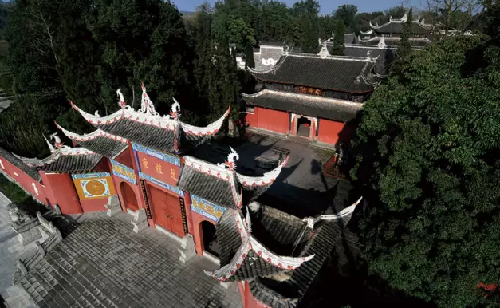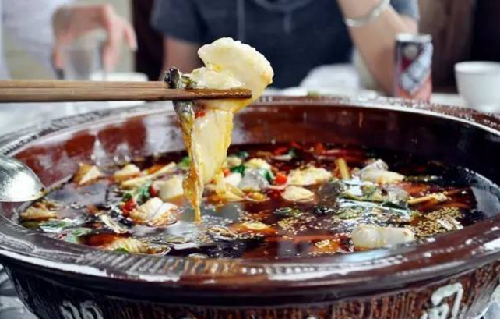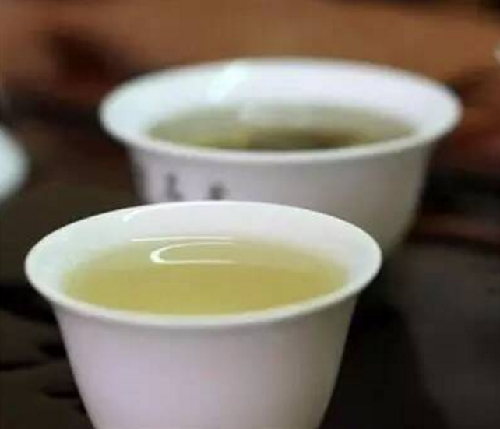Stop 5: Liangping South Station
Sun Hui
Updated:2016-12-06
chinadaily.com.cn
Stop 5 on the Chongqing-Wanzhou high-speed rail is Liangping County, known as “bamboo county” in China and one of the country’s most significant intangible cultural heritage protection areas. Famous tourist spots in the county are Shuanggui Temple, Huashi village, Shuanggui Lake, Liangping Guanyin Bamboo Sea and Dongshan National Forest Park.
 |
|
Shuanggui Temple has a history of over 360 years and enjoys a reputable status in the field of Buddhism. It used to be used as a school to cultivate Buddhist abbots for Zen temples in the southwest of China. The Buddhist-style buildings and peaceful environment are not only attractive to Buddhists, but also to visitors from all walks of life. [Photo/liangjiang.gov.cn] |
 |
|
Several white birds stand out against the backdrop of dark green bamboo at Liangping Guanyin Bamboo Sea. [Photo/provided to chinadaily.com.cn] |
 |
|
Situated on the opposite side of Shuanggui Temple, Huashi village is the only surviving building older than 300 years. [Photo/provided to chinadaily.com.cn] |
 |
|
Liangping Duck (pictured above) is a local delicacy in Chongqing and is made from a traditional craft recipe passed down through generations. [Photo/provided to liangjiang.gov.cn] |
 |
|
Liangping fish dish is a famous, and spicy, local dish. [Photo/provided to chinadaily.com.cn] |
 |
|
Liangping Sweet Tea is the only product of its type to be protected by the China Geographical Indications Industry Association. [Photo/provided to chinadaily] |
Edited by Jacob Hooson
Video

John Edwards, the UK trade commissioner for China, praised Chongqing over its rise as a burgeoning center in intelligent manufacturing.





